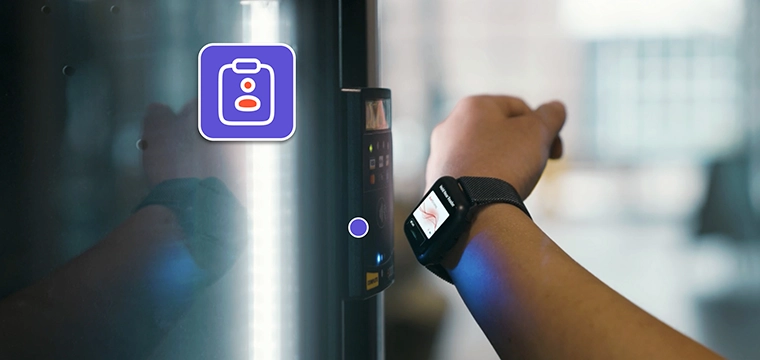
 By: Angelo Faenza, General Manager, PERSONA and Vice President of Campus Electronic Access Control Security Solutions, ASSA ABLOY Door Security Solutions
By: Angelo Faenza, General Manager, PERSONA and Vice President of Campus Electronic Access Control Security Solutions, ASSA ABLOY Door Security Solutions
As colleges and universities are faced with the challenges of securing their campuses, there is inevitably, and unfortunately, a need to prioritize activities based on the available budget. Though this may seem like an impossible choice to make, campuses need to ask themselves, "What is most important to protect?"
The answer is, of course, the students. While every member of a campus community is critical to the institution’s success, students are the core of the community. Students and their families trust the college or university to provide a safe and enriching environment in which they can learn and grow. As such, any discussion about security on a college or university campus must begin with the residence halls. This is the place students call home in their time on campus, and it should offer the same sense of security as any other home.
If you work at an institution of higher learning, whether large or small, urban or rural, you know that the decision to upgrade security is one that is never made lightly. In fact, the process can be truly overwhelming, one that starts with lots of questions that often lead to even more questions. Where should you start? How many buildings can be upgraded at once? Should the upgrade be campus-wide or should it be done in phases? Finally, and perhaps most importantly, what sort of technology should be deployed?
Before we delve into these questions, it is important to acknowledge that every campus is unique. For that reason, there are no absolute, one-size-fits-all rules when it comes to upgrading security. There are, however, a number of guidelines used by many institutions of higher learning.
The first and often most critical step in your upgrade will be your selection of partners. As is the case with almost any purchase, any manufacturer you speak with will focus the conversation on the benefits of the products and solutions they offer. That’s his job. Your job, however, is to dig a little deeper by asking questions.
To get those conversations started, request details on the company’s support offerings. Ask for examples of challenges encountered during the installation process and how they were addressed and resolved by the company. Another important area to probe is whether or not the company will work directly with the integrator to ensure that you can quickly overcome issues as they occur.
Regardless of the question you’re asking, follow up by asking for examples. Then take it a step further and ask for references. You wouldn’t hire an employee without first speaking to people who have experienced working with the individual, and it’s not wise to select something as important as a security solution without the same degree of scrutiny.
The next area to consider is timing. It’s important to map out a comprehensive schedule, which will of course be influenced by whether you’re upgrading all at once or in phases.
Regardless, the scheduling of an upgrade has become more complex as colleges are increasingly using their residence halls to house summer conference attendees. That’s all but rendered the long summer breaks that used to be perfect for maintenance and improvement projects a thing of the past.
To make the most of the time you do have, schedule at the granular level, calculating how many locks will be installed per day. With the proper communications and respect for students’ time and space, it is even feasible to upgrade security with the students present in the resident halls.
Even though you’re just starting, now is the time to think about the upgrade path. Technology changes rapidly, more so every day. As you know by now, upgrading the security in any building is a major undertaking, one you likely don’t want to repeat in a couple of years when you discover that the technology has become obsolete. Be sure to select a solution that can support your growth and future technologies.
Walk your buildings. This is critical, since looking at one door and then assuming every door is the same is a mistake that often throws an upgrade off course. A thorough walk through will alert you to a host of issues, particularly in older buildings, that may present serious challenges and even set your project back significantly if not accounted for properly.
Finally, regardless of your security upgrade’s scope, remember that you are not just selecting a technology. You are also choosing a manufacturer and an integrator to go through the process with you, embarking on what will hopefully be a long-term and productive partnership. That’s why it’s so important that everyone shares the same objectives and works together as a team whether things are going smoothly or, more importantly, if you encounter glitches along the way. It’s those challenges that will really showcase your entire team’s commitment to the success of your upgrade. Take your time, do your due diligence and choose wisely.




